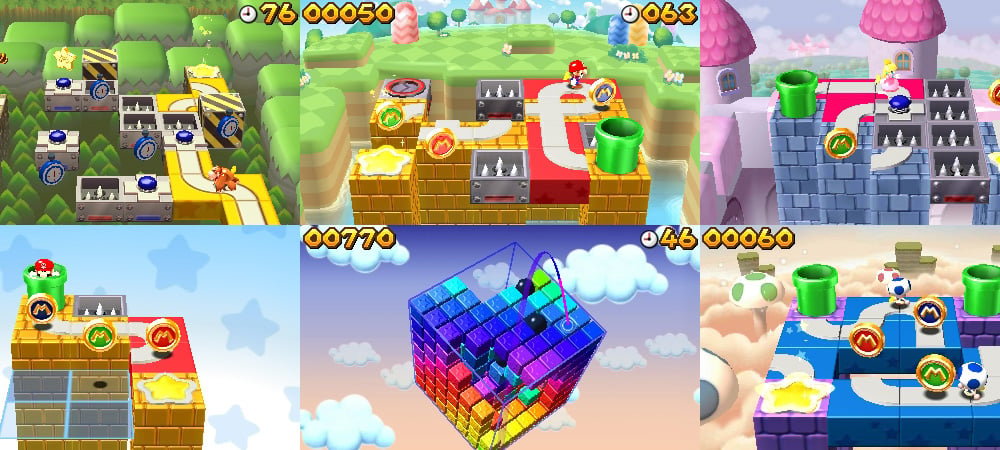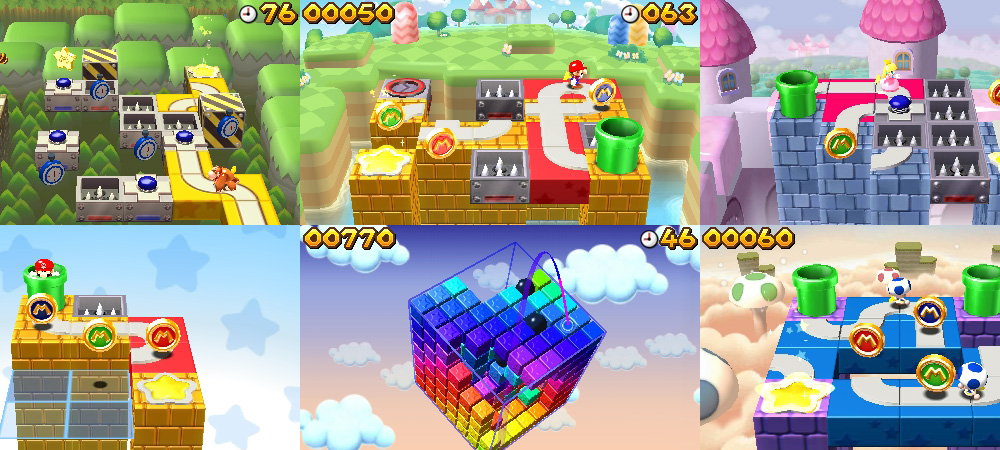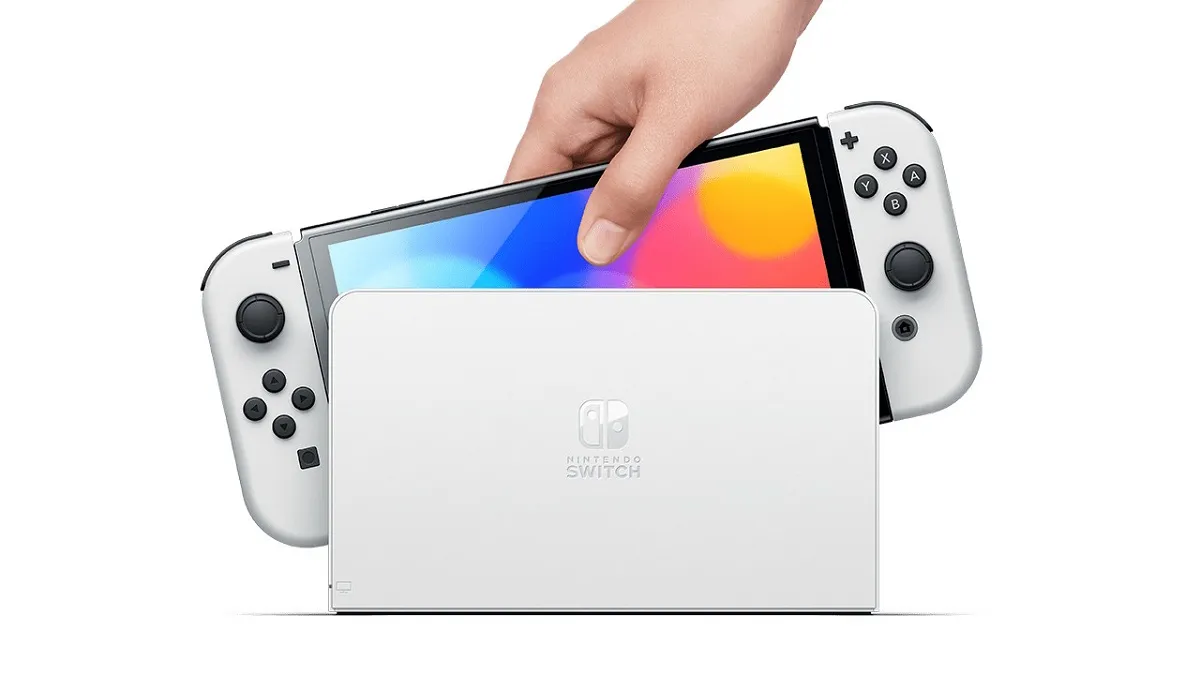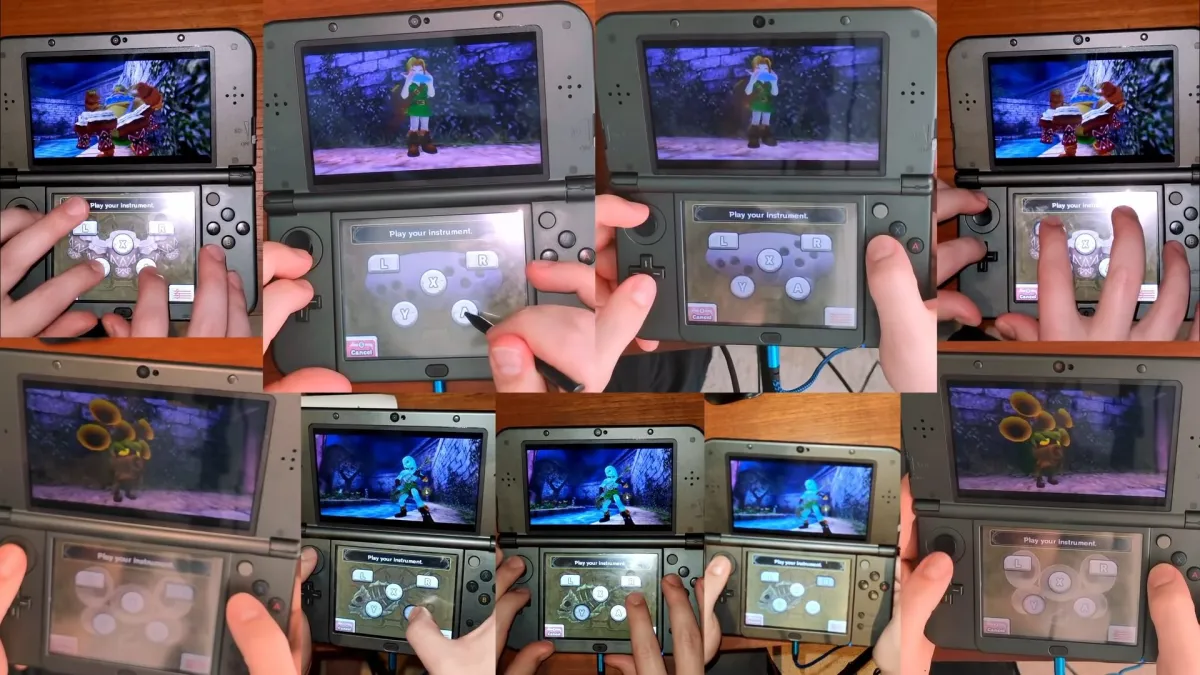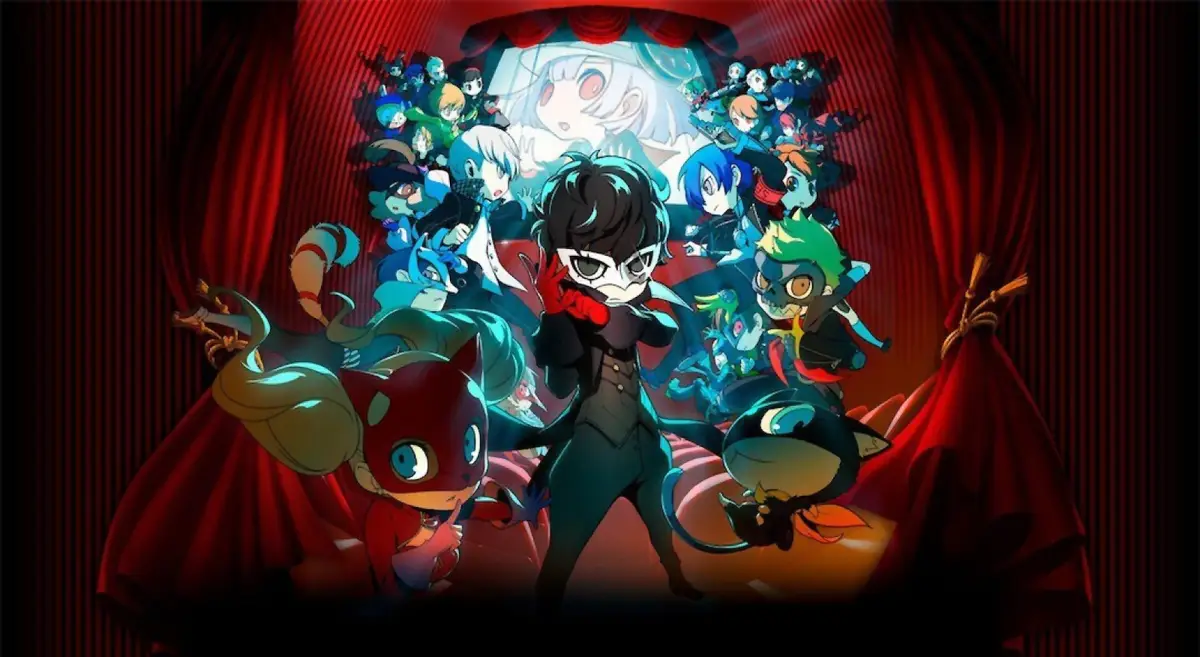These boots were made for walkin’
The first Mario vs. Donkey Kong was a very deliberate successor to Donkey Kong on Game Boy, which was in turn an evolution of the original arcade titles. Since then, focus has shifted away from puzzle-platforming towards pure puzzle-solving, more resembling the PC classic Lemmings than the girder-scaling gauntlets of yesteryear.
Now with Minis on the Move, the last vestiges of the series’ illustrious origins have fallen off the port bow. Those clockwork contraptions, the Minis, have successfully commandeered the ship and steered it into peaceful waters, far away from the rough seas of man-ape rivalries and damsels-in-distress. Nothing remains save for you, your stylus, and the pitter-patter of tiny mechanical feet.
In this case, the change is for the better.

Mario and Donkey Kong: Minis on the Move (3DS eShop)
Developer: Nintendo Software Technology
Publisher: Nintendo
Release: May 9, 2013 (US / EU)
MSRP: $9.99
For those who sat out of past Mario vs. Donkey Kong adventures, the Minis are diminutive wind-up dolls modeled after Mario and friends. Starting with the second game, Mario took the bench and allowed the Minis to bring the fight to DK, but instead of directly controlling them, you would use the stylus to manipulate the path your mechanized minions would automatically march across.
As noted by the replacement of “vs.” with “and” in the title, Mario and DK have mended their relationship — I’m assuming they reached an agreement with Pauline to work double shifts on her pie factory. Thus, the Minis are free to cavort on their own without care or worry. Minis on the Move is simply a collection of puzzles minus the needless threadbare plot of games past. Good. Who needs that extra fluff?
The core game should be familiar to anyone who’s ever attempted those railroad puzzles where you lay down track in order to link your train to the goal. Using the stylus, you must place tiles on the stage grid in such a fashion as to lead your Mini from its starting pipe to the goal star. Once you’ve laid a tile adjacent to the pipe, the Mini begins its march; you can continue to construct the path as it walks, but you must ensure that your tiny toy doesn’t waddle into empty space.
Creating a path directly from start to finish is usually quite simple, but the real challenge is in directing your Mini to collect the three M-tokens and earn a star for the level. Earning stars will allow you to unlock new game modes as well as new Minis — at first, you’ll only have access to Mini-Mario, but Mini-Peach, Mini-Toad, Mini-DK, and Mini-Pauline soon become available.
The first mode, Mario’s Main Event, will get you acquainted with the basics so you can later enter the other, more demanding modes. On the right side of the touch screen is a pipe that can hold up to five reserve tiles. New tiles will be randomly generated and dropped onto the stack, and you must place them quickly on the grid before the pipe overflows and your game ends. Sometimes there’s a trash can on the board; after disposing of a set number of tiles, the can vanishes and leaves you with a special all-purpose tile that can change to whatever segment is needed to link two or more paths. Other times you’ll use a bomb to destroy a tile and plant a new one, thereby creating an alternate path.
More obstacles soon appear — Shy Guys that need to be defeated with a hammer, Catapult Kongs that launch you over two spaces in a specified direction, conveyor belts that can be reversed by tapping a switch, and so on. But the biggest obstacle is the clock, which doesn’t always give you enough time to collect all the tokens. In those instances, you can intentionally trap your Mini in a closed loop, thereby generating a time-extending stopwatch for every segment of the loop. And if the loop happens to form a figure eight, you’ll be gifted a purple star tile that immediately ends the stage and whisks you to a coin-collecting bonus room.
All these tools allow for multiple solutions to any given stage. You can plan your route ahead of time, but you can always redirect should the need arise, such as when you’ve place a tile incorrectly or if the piece you require hasn’t spawned yet. This seat-of-you-pants approach, combined with the compact size of the maps, makes playing a level or ten feel like a breeze. It’s very accessible and very enjoyable.

After Mario’s Main Event comes Puzzle Palace. In this mode, you are provided a pool of specific tiles, and only by correctly planting every piece will you be able to collect all the tokens and reach the goal. This restrictive ruleset is balanced by a lack of time limit, resulting in a much more relaxed atmosphere than Main Event that nevertheless puts your planning skills to the test.
With the third mode, Many Mini Mayhem, the true nightmare begins. All the tiles you need have already been placed on the grid, but now they can be slid around into adjacent empty spaces. Additionally, you have multiple Minis under your watch, forcing you to juggle your attention on each in turn. If you thought sliding-block puzzles were tough before, wait until you have to play babysitter as well!
The final mode, Giant Jungle, may be the most daunting of them all. While the other modes present 50 or 60 stages, Giant Jungle presents a mere three. That’s because each stage is several times larger than any you’ve played before, requiring you to use the analog nub or cross pad to scroll the map. Your goal is still to reach the goal space, but to perfect a stage, you have to collect 10 stars strewn about first. All bets are off as your tile pipe fills up and you chart an optimal path, being sure to pick up stopwatches along the way to keep the meter running.
How hard is Giant Jungle? I have yet to beat the first stage.
Boasting nearly 180 stages plus additional expert levels, Minis on the Move will give you some serious mileage, and there’s still more to do! You can unlock a set of four minigames, in which you slingshot Minis into targets, smash cubic structures in a manner similar to Boom Blox, “fish” for flying Shy Guys, or elevate a Mini on a crank-powered platform to collect coins while avoiding Bullet Bills. However, these are but simple diversions that likely won’t occupy you for long.

A much more meaty diversion is the level-building Create & Share mode. You can construct up to 100 custom stages — Mario’s Main Event rules only — then post them online for users to download. When searching for others’ contributions, you can filter by all-time popularity, the best of the week, levels by friends, or random creations. You can instantly play any level you find or save your picks for offline play, then afterwards vote on whether it’s hot or not. As of this writing, I only have access to a small cluster of stages assembled by other reviewers and possibly dev members, but I’ve no doubt that a varied collection of obscenely lazy, moderately entertaining, and devilishly disturbing concoctions will appear once the game is released.
A part of me misses the classic arcade action that seemed poised to make a comeback at the start of the Mario vs. Donkey Kong series, but I’m still glad Nintendo decided to explore new avenues for the Minis. Mario and Donkey Kong: Minis on the Move retains some of the Lemming-like quality of the more recent MvsDK titles, but the drastic changes to the gameplay have resulted in a faster, more free-form experience. It can be as simple or as mind-bending as you want it to be; either way, you’ll be satisfied for many hours on end.
Plus, you’ve got to admit that the Minis are adorable. Creepy and possibly murderous, but adorable all the same.
